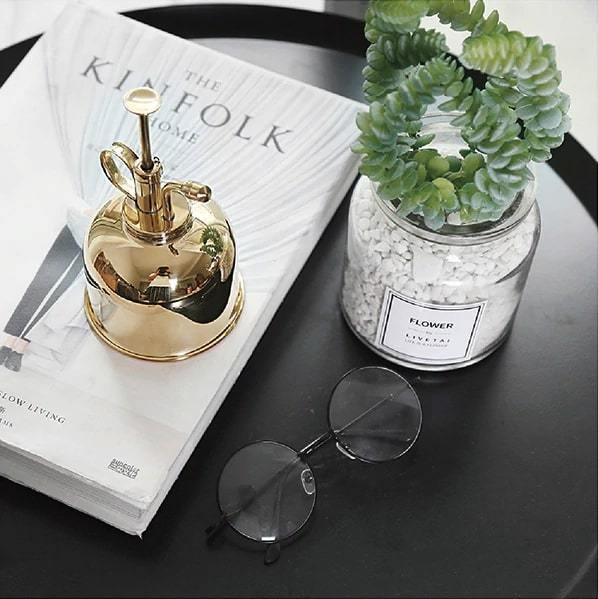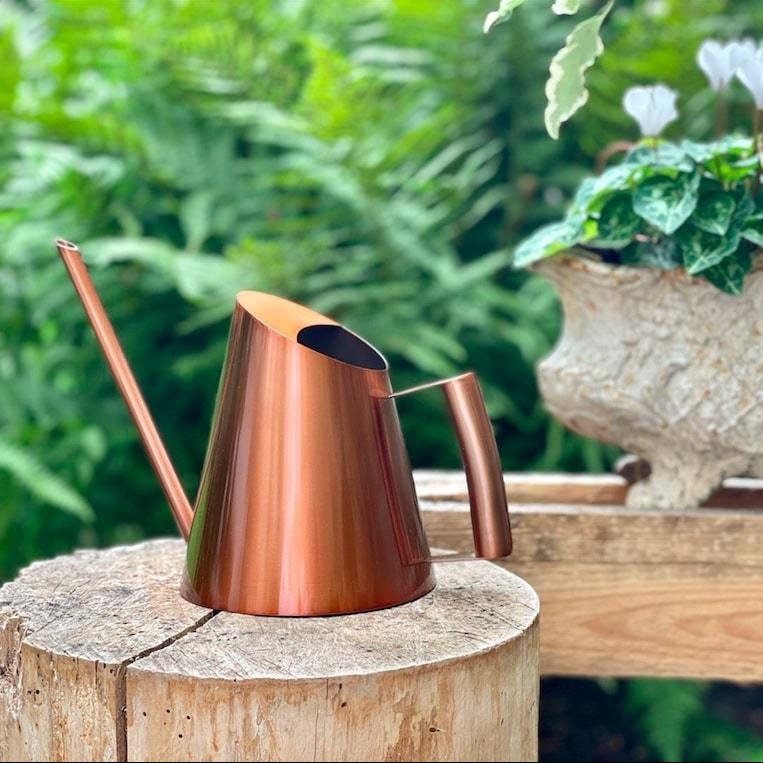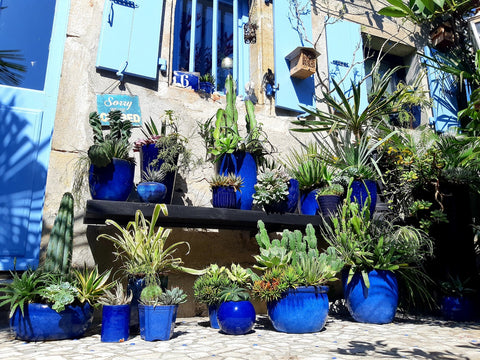
What decoration for my exotic plants?
of reading
Feeling like getting away? Nothing transforms your living room into an urban jungle or your garden into an oasis quite like a few exotic plants . Combined with ethnic decor, they instantly transport us to Central America, the heart of the desert, or the humid heat of Asia.
From giant Monsteras to tiny Pilea, from prickly cacti to delicate orchids, there are hundreds of varieties. Some thrive in apartments, while others require a greenhouse. Bringing exotic plants into your home is like taking a trip without leaving your house.
1. What exactly is an exotic plant?
Generally speaking, exotic plants are defined as those not historically native to Europe. Brought back by great navigators from the 15th century onwards, they became the symbol of the cabinet of curiosities.
After the golden age of heated greenhouses in the 19th century, these plants have experienced a spectacular revival since the 2000s. With the "Plant Mom" trend and Bohemian decor, tropical plants and succulents have once again become the stars of our interiors.


2. Give your interior a personality
Exotic plants are prized for their striking appearance. Yucca , Calathea , Ficus Lyrata , and Beaucarnea are classic choices. But be warned: exotic often means specific requirements.
Mistake #1: Humidity
Most of these plants come from tropical rainforests. Our heated homes are often too dry for them. While light is vital, air humidity is the crucial, often overlooked factor that causes the tips of the leaves to turn brown.

Recreate the Jungle at Home
Your Calatheas and Monsteras are thirsty for humidity, not just water at the roots.
- 🌧️ Ultra-Fine Mist: Hydrates the foliage without soaking it (prevents fungi).
- ✨ Jewelry Item: Made of genuine brass, it no longer hides away in the cupboard.
- 🛡️ Prevention: Naturally repels parasites that like dry air.
Cacti and succulents are the exception: they store water and are forgiving of neglect. For the others (banana trees, azaleas), monitor the soil and mist regularly.
3. What decorating style for your plants?
Plants alone are not enough; they need to be displayed in a specific way. Here are three settings to showcase your plants beautifully:


🌵 The Wild Wild West style (Arizona / Mexico)
- The plants: Cacti, Succulents, Yuccas.
- The colours: Sand, Ochre, Terracotta, Leather brown.
- Materials: Raw wood, Leather, Navajo weavings.
🌿 Jungle Chic style (Amazon)
- The plants: Monstera deliciosa, Banana tree, Alocasia (Elephant ear).
- The colours: Emerald green, Mustard yellow, Duck blue, Gold.
- The decor: Panoramic wallpapers, rattan, velvet.
The perfect match: Copper
To complement a decor with warm tones (terracotta, wood, rattan), stainless steel or plastic often clash. A copper watering can is the missing piece.
- 🎨 Warm Shade: Goes beautifully with terracotta pots.
- 💎 Timeless Design: A clean line that modernizes the ethnic style.
- 🏆 Our Best-Seller: The favorite accessory of decor lovers.

🦁 Trendy Tribal Style (Africa)
- The plants: Sansevieria (Mother-in-law's tongue), Coffee plant, Aloe Vera.
- The objects: Berber rugs, wooden masks, wicker baskets.
- The colours: Earthy brown, Brick red, Charcoal black.
4. Dare to be exotic outdoors (even in France)
It is less common to find these plants in our gardens because of the cold. However, it is possible!
The example of the Bésignoles Garden
Are you familiar with the Jardin de Bésignoles in Privas? In the heart of the Ardèche (where it freezes in winter!), Anthony Bazin has created a structured jungle of 450 species.
Her secret? Extremely dense planting, a selection of hardy species (Chinese Fan Palm, Saw Palmetto, Nandina, Yuzu), and a display featuring minerals and found objects. It's proof that with passion, you can travel without leaving your garden.


Up to you !
Whether you choose the Jungle or Tribal style, your plants deserve the best accessories.
View the entire Designer Watering Cans collection





Marie
Merci beaucoup pour ce nouvel article qui tombe a pic car je viens d’acheter un Yucca. N’y connaissant pas grand-chose sur les plantes exotiques je vais pouvoir l’entretenir plus facilement grâce à vos conseils!
Bonne journée